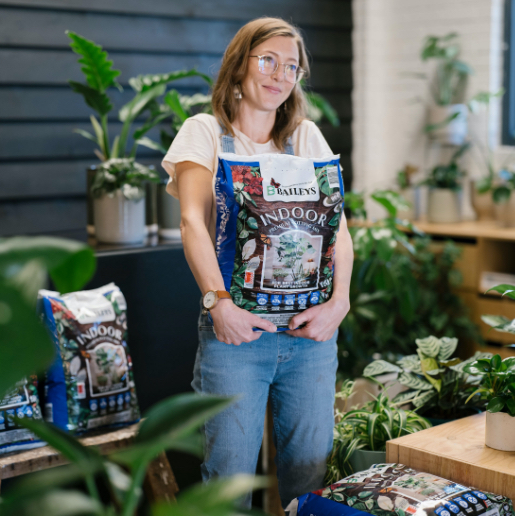
Join our Great Gardens Club!
Sign up to enjoy 15% off your first purchase from Baileys online. Plus, get our monthly WA gardening tips, latest news and promotions straight to your inbox.

Sign up to enjoy 15% off your first purchase from Baileys online. Plus, get our monthly WA gardening tips, latest news and promotions straight to your inbox.
Funnily enough we call figs 'fruits', but the part we eat is actually a cluster of flowers - on the inside. Some varieties, require a tiny wasp to enter the fruit and pollinate it, but don't worry; most edible figs in Australia are self-fertile! Varieties including brown turkey, black genoa and preston prolific, but the most common type is the adriatic fig or symrna fig.
Figs will tolerate a wide range of climates, but fruit best in areas with a relatively dry summer and little to no frost during winter (so perfect for Perth). Young trees are susceptible to frost and should be protected during their first and second winters. However, once established, fig trees are frost hardy.
The perfect time to plant is during the autumn and winter, so the trees can establish themselves while it's cold. If planting during summer make sure the soil is constantly kept moist. You can buy figs as bare-rooted stock or in pots at most nurseries.
Planting & Maintenance
Caring for fig trees is fairly simple with little work required. In spring and summer, apply a complete, organic-based fertiliser such as Baileys Soil Matters Garden. This is high in potassium and will promote fruit production.
While they are incredibly tolerant of harsh conditions, for good fruit development it is best to water consistently. Make sure you apply water at the base of the plant because water can damage and split developing fruit.
A general rule is 2.5 to 4 cm of water per week either from rainfall or irrigation. If you have noticed the leaves of your fig tree turning yellow and dropping it's likely you're overwatering.
Most fig varieties produce their main crop in late summer, on new season's growth. The trick to maintaining a bumper crop is pruning. Pruning every year in winter will keep plants to an easy harvest height. Old fig trees can be given a more thorough prune by removing half the length of each branch, which will encourage fresh new growth.
Figs can be easily grown from a cutting, for best results use cutting taken during the winter months.
Fig Rust, leaf blight, mosaic virus and endosepsis are the main diseases seen in figs. Stem borer, mealy bugs, fruit fly, aphids and scale can also affect fig trees.
Type of fruit, tree size and ripening time all come into consideration when choosing a fig tree. Perhaps the most common and arguably the most delicious is the White Adriatic, a low spreading, fast-growing tree with green fruit and very sweet red flesh. Great for drying, jam and fresh.